Phone seized from Bradley Welsh's killer could lead to the downfall of gangland Mr Bigs
and live on Freeview channel 276
Let us know what you think and join the conversation at the bottom of this article.
One phone was taken off Sean Orman, 30, by detectives and another he had attempted to destroy and hide was recovered.
Orman was jailed for a minimum 28 years yesterday for murdering Welsh, 48, by shooting him in the head with a shotgun outside his home in Edinburgh’s West End on April 17 2019, and attempting to murder one of his associates.
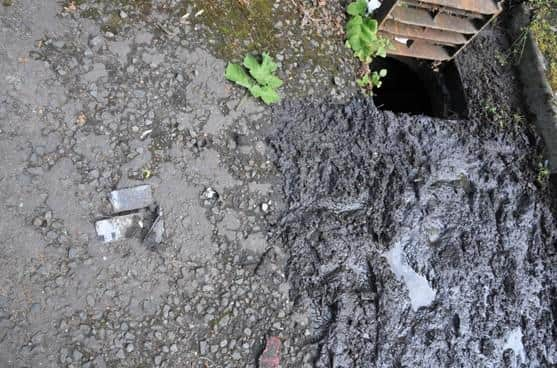

Advertisement
Hide AdAdvertisement
Hide AdDavid McMillan, 50, survived a machete attack at his home in Pitcairn Grove, Edinburgh, on march 13 2019.
Orman had denied carrying out the £10,000 contract hit, insisting he was elsewhere at the time, and the attack on Mr McMillan.
But during his trial at the High Court in Edinburgh it emerged in evidence that he had admitted having ‘encro’ messages on his phone – a reference to EncroChat, encrypted messages which are used by crime gang bosses to co-ordinate drug deals, beatings and murders.
Law enforcement agencies, including Police Scotland and the National Crime Agency, are studying encrypted messages which are believed to name the major players on the Edinburgh drug scene.
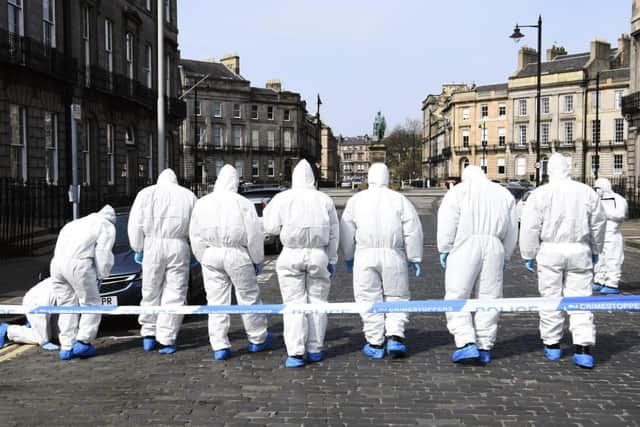

Advertisement
Hide AdAdvertisement
Hide AdIt is understood that Orman – a criminal since his early teens – had access to an encrypted phone while in Shotts Prison in Lanarkshire – Scotland’s maximum security jail.
Sources insist that detectives have already gleaned enough information from the phones they recovered to implicate the ruthless men they believe largely control the cocaine, crack and heroin trade in Edinburgh and the Lothians.
The data recovered has also revealed links to the Lyons and Daniel crime clans in Glasgow, one other major gang and the current Mr Big – who lives in Midlothian – who is attempting to oversee an uneasy coalition of criminals raking in thousands daily from drugs.
One senior detective said: “When Orman was pulled after a car chase he basically burst, blurting out that his phone had encro on it. We later found another phone he had used out Balerno way. He had tried to smash it and hide it but it was recovered too. The phones are a gold mine of information. Gangsters and their organised crime group members thought they were impervious using encrypted phones but that’s all over now.
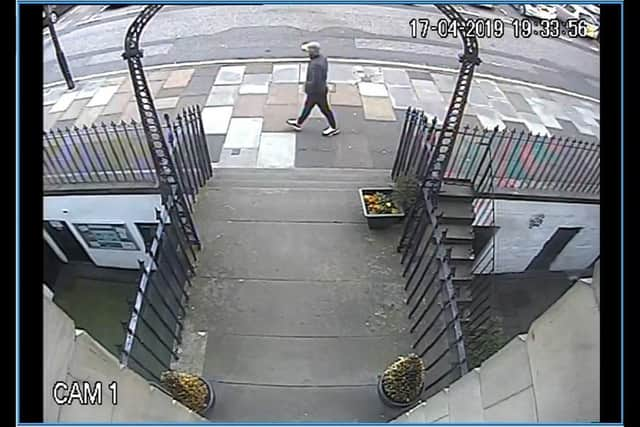

Advertisement
Hide AdAdvertisement
Hide Ad"Our colleagues on the National Crime Agency created the tech to crack the system and it has led to thousands of arrests around the world. There have been more than 700 in the UK alone. Tonnes of drugs and scores of drugs have been recovered.
"We are now looking at individuals in Scotland, some at liberty and others already incarcerated. They must know we’re coming for them. Hopefully we will be able to take down some of the biggest players – the sort of people who pay to have other folk killed.”
Orman was convicted and sentenced on the 12th day of the trial after denying all the charges against him despite the prosecution presenting 21 pieces of evidence that implicated him.
Jailing him, judge Lord Beckett said: “The murder of Bradley Welsh was a premeditated and meticulously planned assassination - the ultimate reasons for which remain unknown to the court.
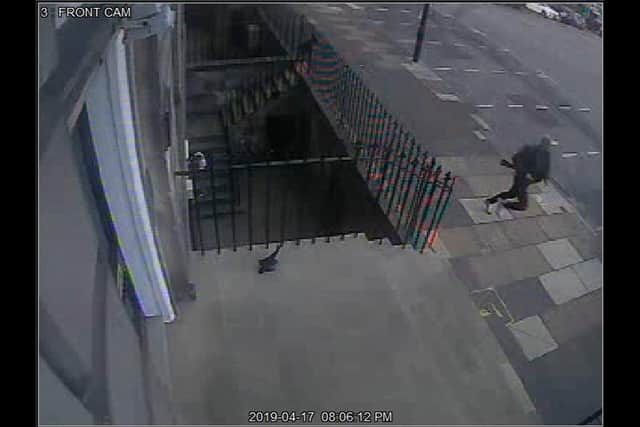

Advertisement
Hide AdAdvertisement
Hide Ad“The degree of planning which went into this might have seen you get away with this if it weren’t for the courage of the citizens of Edinburgh coming forward to speak up about what you did.
“To shoot an unarmed man as he approached his own house was a cowardly as as a wicked thing to do. His partner and young child were inside as you ended his life apparently in the expectation of payment.
“People who go about their business each day in the streets of Scotland’s cities ought to be safe from conduct such as yours.
“The court must do all it can to deter contract killings by imposing severe punishment.”
Advertisement
Hide AdAdvertisement
Hide AdThe court heard that Orman had nine previous convictions for assault and three for armed robbery and was released weeks before Welsh was slain.
It is believed that the £10,000 contract is closely linked to a long-running feud between two rival Edinburgh gangs which in turn have very close ties to their counterparts in Glasgow.
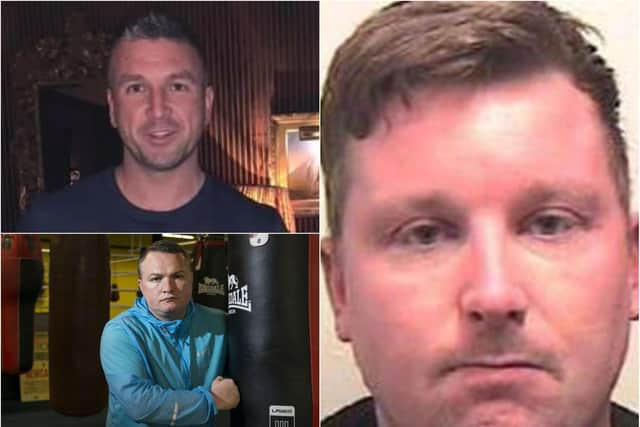

The former Hibs casual also had ties – through his underworld associates - to the notorious Daniel and Lyons crime gangs in Glasgow.
During the trial, a witness called Dean White gave evidence saying he told police in March 2019 that Orman was being paid £10,000 by a man called George Baigrie to attack Welsh.
Advertisement
Hide AdAdvertisement
Hide AdThe trial also heard a suggestion from the prosecutor, Richard Goddard QC, that Baigrie called Orman’s mother in the days after the shooting to say her son was “Ok.” Mr Goddard also said in his closing speech to jurors that Welsh was the victim of a “targeted attack.”
Former boxer Baigrie was jailed for 15 years in 2003 after he attacked a man with a samurai sword. He won a string of boxing titles before his career was ended by jail.
The deadly was also a warning to Edinburgh’s cocaine kingpin Mark Richardson, a friend of Bradley Welsh.
In 2010, Richardson was jailed for ten years for running a huge cocaine and heroin operation worth millions of pounds, with much of the activity based in the capital. He is currently serving a prison sentence of nearly nine years for possessing a Glock handgun and was one of nine men jailed for a total of 87 years in 2018 for his role in drugs and arms plots.
Advertisement
Hide AdAdvertisement
Hide AdRichardson, an associate of the Daniel crime gang, was initially charged with shooting rival Lyons gang enforcer Ross Monaghan near a primary school in Glasgow in early 2017.
Richardson has been locked in a bitter feud with rival and convicted mortgage fraudster, Robert Kelbie, who has ties to the Lyons gang.
Kelbie, a former boxer, previously hunted down Richardson and beat him up after he allegedly attacked Celtic footballer Scott Brown outside Edinburgh nightclub Citrus in 2009. Richardson, who had known Brown as a boy, was charged with assault but these charges were later dropped by the footballer. Kelbie was Brown’s friend and adviser when he was transferred from Hibs to Celtic for £4.4 million in 2007.
After Richardson was jailed in August 2010, Baigrie was said to have threatened him behind bars.
Advertisement
Hide AdAdvertisement
Hide AdIn October 2010, Kelbie survived being shot in the back outside Bannatyne’s health club in Newcraighall. The day after the shooting, a gang attacked Richardson’s father, also called Mark, with baseball bats.
In 2014, Richardson was released from jail and the feud continued. In March 2016, the pair decided to have a “square go” at a funeral at Portobello Cemetery. Later that year, Kelbie’s house in Ratho was targeted by gunmen and he went into hiding.
The Daniel gang, originally from Glasgow’s Milton estate, have long been at war with the Lyons from nearby Possilpark, over control of the drugs trade. In 2001 a large stash ofcocaine was stolen from a house in Milton and sold to the Lyons.
The turf war between them has been marked by repeated attacks and shootings.
Advertisement
Hide AdAdvertisement
Hide AdOne of the bloodiest incidents happened in December 2006 in Lambhill at Applerow Motors, owned by David Lyons, brother of the head of the clan, Eddie Senior. Two masked men with handguns entered the forecourt and started shooting which resulted in Michael Lyons being killed and two others badly injured. Two Daniel gang members were later given life sentences for the Applerow murder and shooting spree.
Major EncroChat bust
Criminals used the EncroChat phone system - encrypted messaging on modified mobile phones - to conduct private business including trading drugs and guns.
But the military-grade encrypted communications system was hacked in a Europe-wide sting operation in April last year which dismantled several organised crime groups. The monitoring of correspondence enabled law enforcement agencies to seize more than £25 million of drugs and £7 million of cash in Scotland alone. The operation - code named Venetic - also led to more than two tonnes of drugs, dozens of guns and £54 million in cash being seized across the UK.
Glasgow hardman Jamie Stevenon, nicknamed ‘Bull,’ was among those arrested by police over a haul of 28 million Etizolam - fake valium - tablets worth £14 million which were found during a search of premises in Kent. Five other people were arrested as part of the raid.
Advertisement
Hide AdAdvertisement
Hide AdMillions of pounds worth of drugs were also recovered on the M74 - the main route between Scotland and England. Among the drugs hauls were 65kg of cocaine from a HGV lorry at Hamilton Services and 59kg of cocaine and £750,000 of cash after a car and van were stopped near Ecclefechan.
The EncroChat technology itself was not illegal but law enforcement agencies said it was being used purely for criminal purposes.
The company behind it sent out a warning to its users in early June 2020 to say its servers had been hacked by a government entity, leaving investigators with a race against time to make the most of information available on the platform.
There were 60,000 users worldwide and around 10,000 users in the UK – the sole use was for coordinating and planning the distribution of illicit commodities, money laundering and plotting to kill rival criminals.